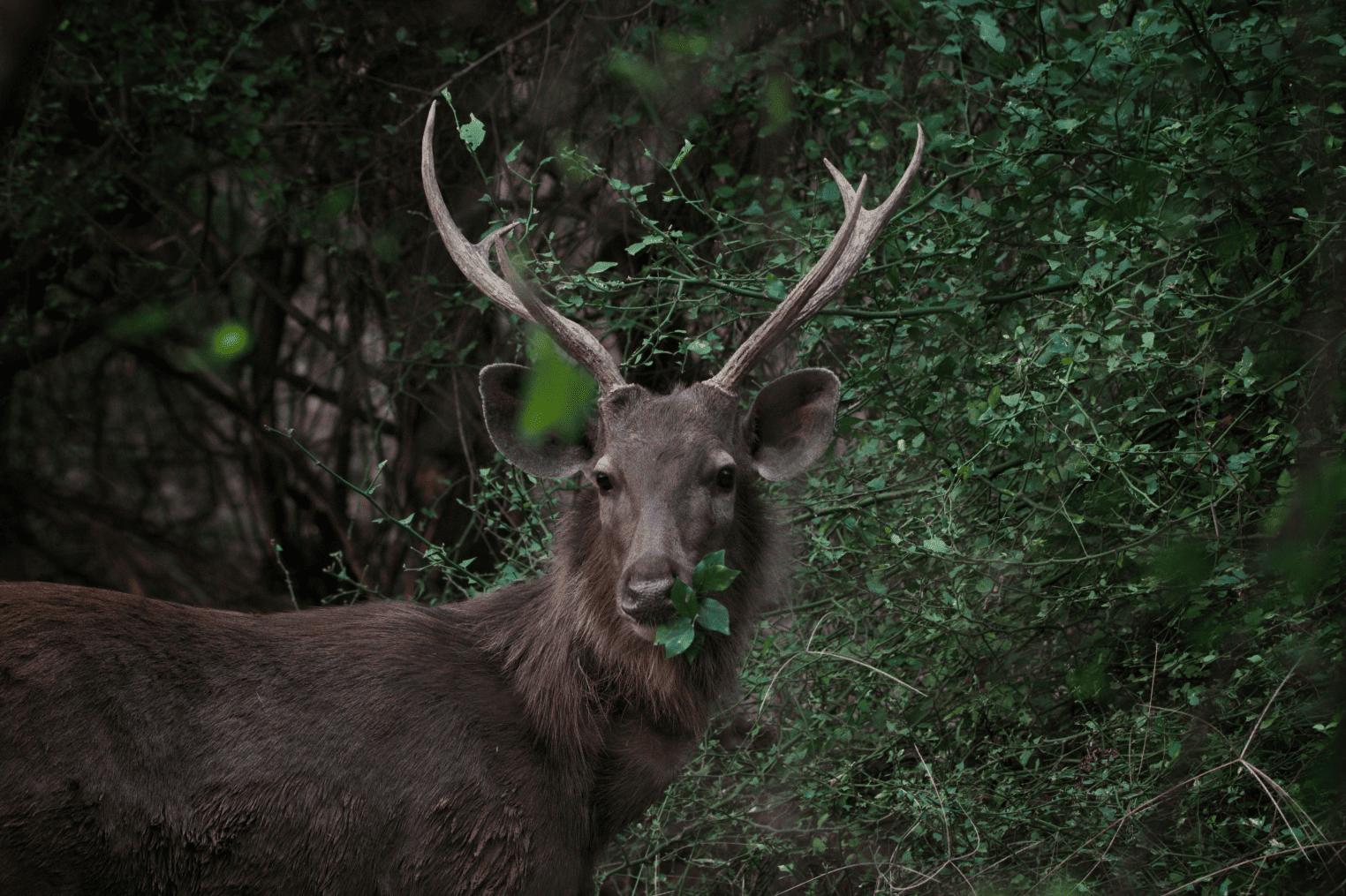
The Indian Sambar Deer: A Night in the Jungle Sanctuary
In the shadowy depths of a protected reserve forest, the Indian sambar deer moves with an air of quiet elegance. Known for its dark, russet-brown coat and large, velvet-textured antlers, the sambar is the largest deer species in Southeast Asia. These majestic animals are crepuscular, most active at dawn and dusk. In the sanctuary, they find not only safety from predators like tigers but also an abundance of foliage, shrubs, and water sources that sustain their herbivorous diet.
A typical day for a sambar begins at dawn, as the mist rolls off the forest floor. The stags, adorned with imposing antlers, stay close to their herds while remaining vigilant for any signs of danger. Mothers guide their fawns through the dense underbrush, teaching them to forage and avoid threats. During mating season, the calm routine of the reserve transforms into a spectacle of dominance and strength as males clash antlers in battles for supremacy.
This species’ presence in the reserve is not just for its survival but also crucial for maintaining the ecosystem’s health. By grazing on specific plants, the sambar helps regulate vegetation growth, promoting biodiversity. Without sanctuaries like this, the sambar’s population would face devastating declines due to habitat loss and poaching.
